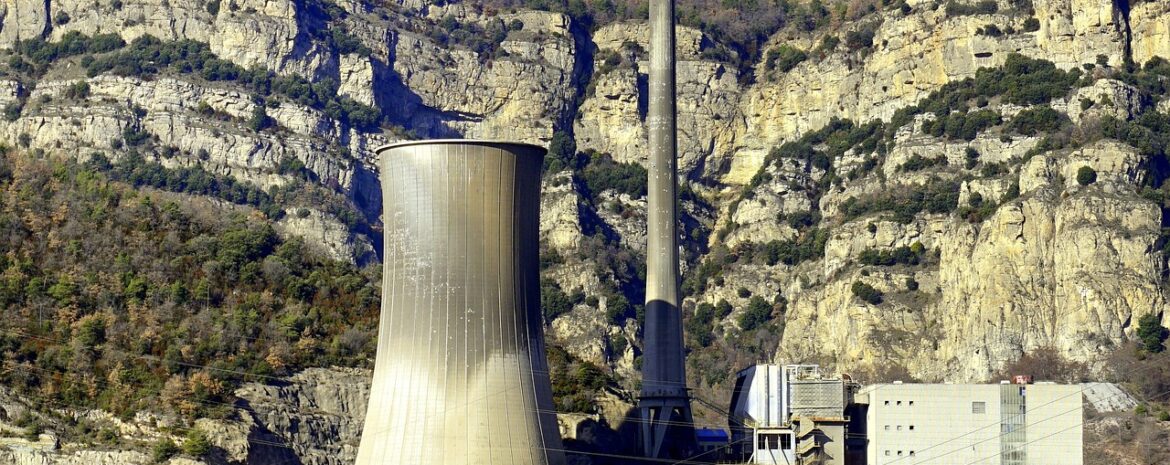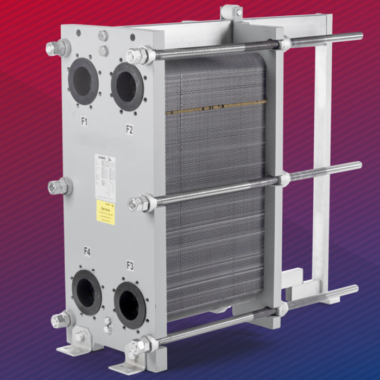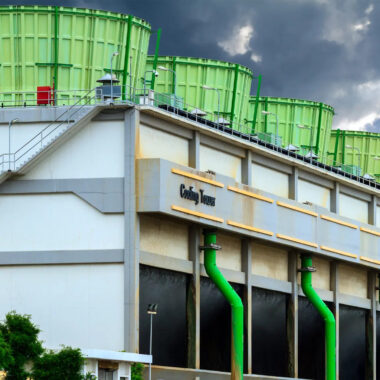High-Altitude Cooling Towers: Challenges in Mountainous Regions
Introduction
High-Altitude Cooling Towers are specialized systems designed to address the unique challenges of cooling in mountainous regions. These towers must overcome obstacles such as reduced air density, lower atmospheric pressure, extreme weather conditions, and limited access to resources. Despite these difficulties, advances in cooling tower design and technology have enabled industries to maintain optimal performance and efficiency in high-altitude environments, ensuring reliable cooling for various industrial processes while adapting to the rugged terrain and harsh climate.
Challenges in High-Altitude Cooling Tower
- Reduced Air Density
- At higher altitudes, the air is thinner, leading to reduced heat transfer efficiency. Cooling towers rely on air to dissipate heat, and the lower density reduces the cooling effect, requiring design adjustments to compensate.
- Solution: Use larger fans or enhanced fan speeds to increase airflow and maintain efficient cooling.
- Lower Atmospheric Pressure
- Lower atmospheric pressure at high altitudes results in a reduced boiling point for water, which can affect the cooling process. This requires special consideration in system design to prevent boiling and ensure efficient cooling.
- Solution: Modify water circulation and temperature control to account for the lower boiling point and maintain system stability.
- Extreme Weather Conditions
- Mountainous regions often experience harsh and unpredictable weather conditions such as high winds, snow, and temperature fluctuations. These factors can strain the cooling tower’s structure and operational performance.
- Solution: Reinforce cooling tower structures to withstand high winds and freezing conditions. Incorporate anti-icing mechanisms to prevent ice buildup during colder months.
- Water Availability and Quality
- Water sources in high-altitude areas may be limited or of lower quality due to mineral content or temperature. This can affect the water-cooling process and necessitate additional water treatment.
- Solution: Utilize advanced water filtration and treatment technologies to maintain water quality. In areas with water scarcity, consider hybrid or dry cooling systems that require less water.
- Maintenance Accessibility
- The remote and rugged nature of mountainous regions can make transporting materials and accessing cooling towers for maintenance more difficult. This increases the logistical complexity of maintaining the system.
- Solution: Use modular designs that are easier to transport and assemble on-site. Incorporate remote monitoring technologies to minimize the need for on-site maintenance visits.
Innovative Solutions for High-Altitude Cooling Towers
- High-Performance Fans and Motors
- Specialized high-performance fans and motors are designed to overcome the reduced air density at higher altitudes, ensuring sufficient airflow for effective cooling. These systems can be optimized for energy efficiency while maintaining high cooling capacity.
- Hybrid Cooling Towers
- Hybrid cooling systems, which combine wet and dry cooling methods, are ideal for high-altitude areas where water may be scarce or freezing conditions prevail. These systems use less water and can operate effectively even in harsh weather conditions.
- Advanced Anti-Icing Technology
- In areas prone to freezing, anti-icing technology can prevent ice buildup in cooling towers, which can damage equipment and reduce efficiency. These systems use electric heating elements or specialized coatings to keep critical components ice-free.
- Modular and Transportable Designs
- Modular cooling towers, which can be pre-fabricated and easily assembled on-site, are ideal for remote high-altitude locations. These designs reduce logistical complexity and ensure faster installation and maintenance.
- Transport and Construction Limitations
- Transporting large cooling tower components to remote mountainous areas can be difficult due to narrow, winding roads and challenging terrain. The harsh conditions also complicate the construction process.
- Solution: Use lightweight materials like fiberglass or composite materials that are easier to transport. Pre-fabricated modular designs allow for easier on-site assembly with minimal heavy equipment.
Wind Resistance and Structural Stability
- High-altitude areas often experience strong winds, which can affect the stability of the cooling tower’s structure and airflow dynamics.
- Solution: Reinforce the cooling tower’s structural design to withstand high wind loads and integrate aerodynamic features that reduce wind drag. Anchor systems can also be employed to secure the tower against strong gusts.
Geothermal Cooling Integration
- In certain mountainous regions, geothermal energy may be available and can be used as an alternative cooling method.
- Solution: Integrate geothermal cooling systems, which use the earth’s natural temperature regulation to provide cooling, reducing the reliance on air-based cooling and enhancing efficiency in high-altitude environments.
Conclusion
Operating cooling towers in high-altitude, mountainous regions presents a range of environmental, operational, and logistical challenges. However, through a combination of innovative design, specialized materials, and advanced technology, industries can overcome these obstacles. By focusing on energy efficiency, remote monitoring, and structural resilience, companies can ensure their cooling towers perform reliably and sustainably, even in the harshest of conditions. These innovations not only enhance operational efficiency but also contribute to a more eco-friendly approach to industrial cooling in high-altitude settings.






